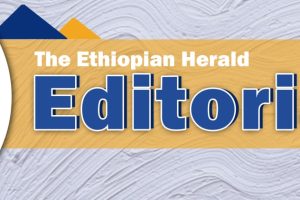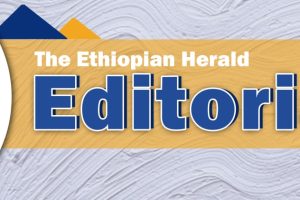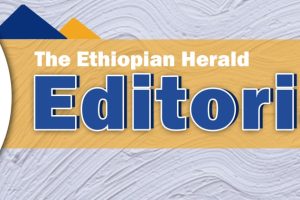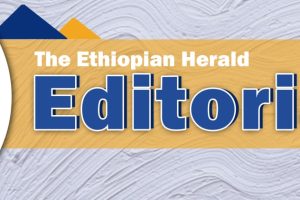
The highly expected referendum for statehood of the Sidama zone began on Wednesday, November 20 and was successfully and peacefully conducted the same day, contrary to the pessimism that was harbored by western media outlets and social media gladiators here.
Regrettably enough, a standoff in September and the resultant crisis resulted in the death of scores of people, looting of public and private property in the capital of the zone and the surrounding towns.
As violence spread, the federal government intervened and declared that a military command post takes control of the region until the situation subsides.
According to sources in the zone voters started trekking to the polling stations as early as 4 a.m in the morning while the voting kicked off at 6 a.m. in the morning. Sources from National Electoral Board of Ethiopia (NEBE) indicated that 2.3 million people were register to cast their votes either to remain in the SNNPR or opt for statehood.
This is a referendum which is the first of its kind to be conducted in the federal state of Ethiopia and has set a dress rehearsal for such types of referendums to be conducted pursuant to the constitution of the country. It was addressed in a condition in which Ethiopia is preforming massive reform programs to pave the way for comprehensive development of the united peoples of Ethiopia
In 1952, another referendum was conducted in Eretria under the auspices of the UN which cunningly confirmed that Eretria would be federated with Ethiopia. It was hardly democratic as it prompted the establishment of a number of liberation movements that took to the forests to claim their independence after a bitter that dragged the peoples of the two countries into over 30 years of war of attrition.
Another constitutional referendum was held in Ethiopia on 1 February 1987 by the Derge making the country a one-party state with the Workers’ Party of Ethiopia as the sole legal party. It was approved by 81% of voters, with a 96.3% turnout, and was promulgated on February 22 the same year. The constitution however did not help to bring democracy in Ethiopia but became an instrument of the military brass who turned themselves into civilians by robbing the right to sovereignty of the peoples of Ethiopia.
Now what are the unique features of the Sidama referendum and what is its significance for the promotion of democracy in Ethiopia. Many think that the referendum was arranged as a response to the unrest that flared up in the zone and as a means to quell the violence that flared up in Hawassa and the adjacent localities but the truth however is that the demand of the Sidama people was addressed based on the constitution of the country.
The referendum will provide a suitable condition for the people of Sidama to be better equipped to discharge their responsibilities in building the new prosperous and democratic Ethiopia so that the interests of the Sidama people and the rest of the peoples of Ethiopia is served well.
Democracy prevails when the peoples of Ethiopia are engaged in inclusive decision making on issues that concern them and their children. On the other hand, it also shows the extent to which the government is committed to the cardinal values of democracy.
However, the biggest lesson in this referendum is that violence will under such conditions will not help to promote not only democracy but the rule of law as well.
The Sidama referendum indicated that peace will win over violence and the rule of law will always prevail over anarchism. The referendum was not based on the interest of any political organization but was meant only to address the needs of the people of Sidama in the context of the constitution.
As the result of this referendum, it is expected that the Sidama people will rally behind the reform program and the socio-economic development of not only their area but also in the entire country
This referendum is conducted when the peoples of Ethiopia are getting ready to once again celebrate the Nations, Nationalities and Peoples Day to strengthen their unity and solidarity to build their country and to transfer democratic and developed Ethiopia for the coming generation.
I think it is also worth mentioning that the NEBE has been able to frame not only the legal basis of the referendum but also the technical arrangements in a relatively shorter period of its formation.
The result of the referendum has now indicated that out of the 2.3 million persons registered to vote more than 2 million have voted in favor of a statehood. The referendum is also another indicator for the maturity of the leadership in adherence to the provisions of the constitution. It is also the first practical experience for the board for future national election to be held this year. Yes, Sidama has voted for a statehood but what is in store for them now.
The Ethiopian Herald November26, 2019
BY SOLOMON DIBABA




